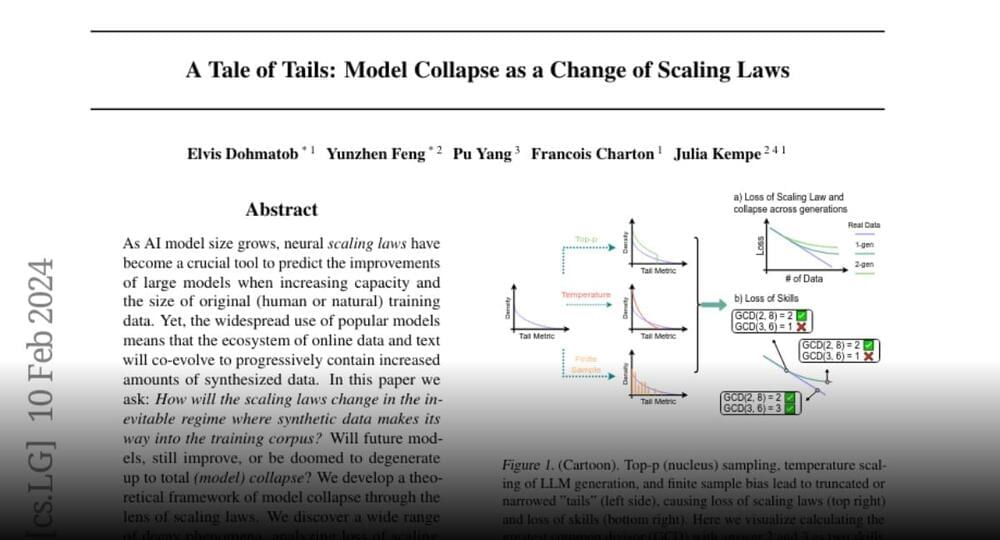1 year ago.
#HoverBike #XTURISMO #FirstHoverBike #US #Detroit The hoverbike was tried and tested by none other than the Co-Chairman of the Detroit Motor Show himself. His reaction after the flight… just like that of a 15-year-old child fulfilling a dream. The hoverbike is already on sale in the country. Watch this report to know more. ———————– About the channel Watch us for the best news and views on business, stock markets, crypto currencies, consumer technology, the world of real estate, bullion, automobiles, start-ups and unicorns and personal finance. Business Today TV will also bring you all you need to know about mutual funds, insurance, loans and pension plans among others. Follow us at: Website: https://www.businesstoday.in Facebook: / businesstoday twitter:
/ business_today Instagram:
/ business_today.






